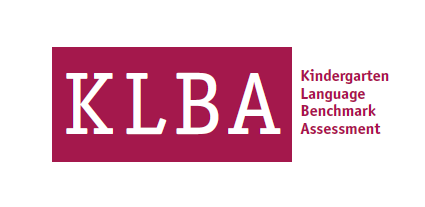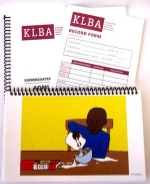Many, many years ago, when RtI was in it's infancy, I participated in one of the most effective RtI teams of which I have ever had the opportunity to be a part. So what made it work? First and foremost the number one thing that made this team work was that we had a strong administrator. Our principal had a vision and she brought it to fruition by making all involved in RtI accountable. Allow me to explain how it worked.
The RtI team was ran by the reading specialist. The principal believed that the reading specialist should not just be there to educate staff on how to teach reading but to actually teach reading to the younger, at-risk students. What a novel idea, use the most qualified person to teach these students! So here was the process:
1. Teachers who had concerns with a student's classroom performance (either in reading or math) would have to contact the reading specialist (via email usually) to request their student be discussed at one of the RtI meetings.
2. The reading specialist scheduled the students on a first come first serve basis and the RtI team met every Tuesday afternoon 3:00-3:30 (the time at the very end of the day when other teachers and aids could help take students out to their buses/parents waiting).
3. The RtI team was comprised of: The reading specialist (leader and note taker), an administrator (usually the principal but sometimes the vice principal), a special education teacher, the SLP (yours truly), the school psychologist (if she was there which she usually was b/c Tuesday was also our IEP day), a specials teacher (music, PE, art teachers rotated), and 2 regular education teachers (one for lower grades and one for upper grades). (The regular educators volunteered at the beginning of the year as one of their mandatory committees).
4. As each student was discussed, the student's classroom teacher would also be present and it was MANDATORY that the teacher bring data regarding the student's strengths and weaknesses EACH time we met on that student. IF the teacher did not provide data, the administrator had no other choice but to determine that the teacher did not take data, and therefore we could not effectively determine if various strategies trialed worked or if the student was in fact not responding to intervention.
5. Upon every meeting, we followed these steps: a) teacher discussed child's strengths, b) teacher addressed concerns and shared data on current weaknesses (if this was not the 1st time we've met on this student this would be the time that the teacher also provided the data she/he took when using the suggested strategies from the previous RtI meeting to determine if the student was making progress and what strategies were working or not working), c) brainstorming possible strategies/accommodations to trial in the classroom, additional interventions as needed (these were discussed and agreed upon by the team), d) strategies were written down on the RtI paperwork and teacher signed and recieved her/his own copy with a follow-up meeting date (6-9 weeks later depending on the schedule).
So that was the basic process of RtI. But what was my role as the SLP? Well I worked hand in hand with the reading specialist to determine if an at risk student demonstrated phonological awareness issues that were affecting progress in reading. So the reading specialist tackled sight words, decoding strategies and fluency and I tackled phonological awareness. Sometimes we both noted deficits in both areas, and sometimes a student had great phonological awareness but did not use decoding strategies correctly or lacked memory skills for sight words, etc. So the reading specialist would take over in that area.
I also enjoyed being part of the critical thinking portion of the RtI process, throwing out accommodations and strategies I've used on my language delayed or speech delayed students. You'd be surprised how helpful our suggestions can be for kiddos struggling with reading and math, especially math word problems. To me, participating in RtI, always felt like 1) it was interesting to determine the best way each student learned, and 2) I got to know these students better ahead of time so that if I did end up having to test them for various communication deficits, I felt I already had some good background knowledge on some of their strengths and weaknesses.
Another thing I was grateful for, was that my administrator really deferred all speech and language questions and decisions to me! This means there was never a student inappropriately referred for testing or overlooked. Often times, I would question comprehension (auditory or reading) long before the classroom teacher. I think I was one of the few SLPs they ever had who offered to perform classroom observations and quick screenings to determine if further testing was required. This also helped me with furuer teacher cooperation as I think, teachers felt as though their concerns were being heard through this RtI process. I did not overtest and I never left a student of concern untested.
The result of this cooperation from the team is that the number of at-risk students decreased significantly as the year went on! The students identified early in the year (K, 1st-2nd grade) were often times no longer requiring any intervention from myself and very little if any intervention from the reading specialist by mid-spring. The students who continued to struggle were the ones who went on to receive additional testing and often times were labled with some type of disability and recommended to receive special education services. Fourth and fifth graders were not brought to RtI that often. By that age, most students were either identified or appeared to be developing at a comprable rate to that of their peers. If a student was in 4th or 5th grade and brought to RtI, it was usually a transfer student who as new to us that year.
So that was my best experience with RtI and I really saw, via this team and based on the data, it worked for at-risk students. It worked because our administrator held all of us accountable to take our data and present it. It worked because it was organized. It worked because the administrator was smart enough to use the most qualified people to address the needs of each child!
I hope you too, have had a great RtI experience and have seen it change lives!












